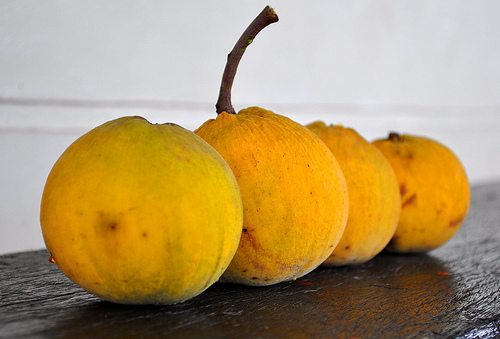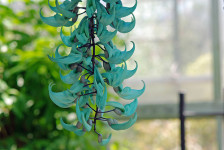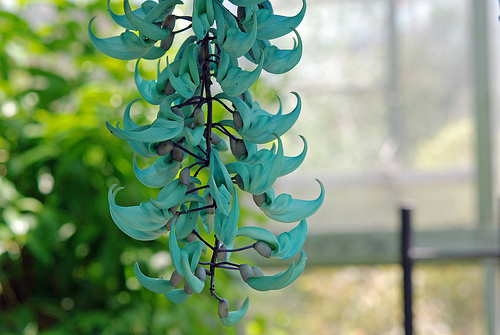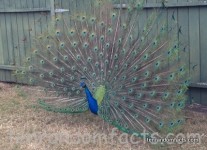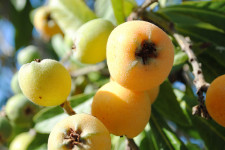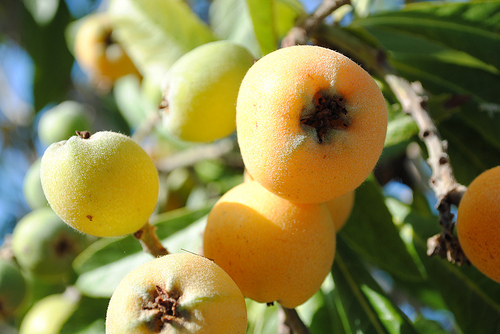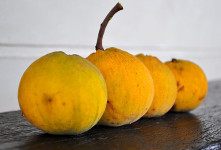
Will you brave the exoticness of the santol?
- Santols are a species of exotic fruit native to Laos, Cambodia, Vietnam, Malaysia, Myanmar, Thailand, and Malaya, of Southeast Asia.
- The scientific name of the santol tree is Sandoricum koetjape and it is from the family Meliaceae, the family of mahogany.
- ‘Santols’ are also called ‘lolly fruits’, ‘cottonfruits’, and ‘ wild mangosteens’, and they are also known under a variety of local names.
- Santols generally have a peachy orange coloured skin, that has a somewhat furry texture, sometimes with a slight red or yellow appearance, with flesh that is typically coloured white, while the rind surrounding the flesh is usually an orange colour.
- The rind of santols can be thick or thin, depending on the variety, and the fruit has a fleshy, juicy centre that surrounds the seeds; and both the pulp and the rind are usually edible.
Santols
Image courtesy of whologwhy/Flickr
- Santols can have a sour or sweet taste, often depending on whether it is the red leaf variety or the yellow leaf variety, with the red leaf generally having a sour taste and a thicker rind, while the yellow leaf will typically have a sweet flavour and a thinner rind.
- Santols can be eaten raw, preserved, made into a jam, candied, spiced, cooked in curries or alongside meat, or used to make a beverage.
- The relatively large brown seeds of santols are not edible, and they should be avoided as they can get stuck in or even puncture the intestines.
- Santol fruit range from 4 to 7.5 centimetres (1.6 to 3 inches) in diameter, and a single tree is said to be able to bear thousands of individual fruit in a single year.
- Santols contain pectin, and are a good source of phosphorus and calcium, and they contain other vitamins and minerals.
Bibliography:
Morton J, Santol, 1987, Purdue Agriculture, https://hort.purdue.edu/newcrop/morton/santol.html
Santol, 2016, Fruits Info, http://www.fruitsinfo.com/Santol-Exotic-fruits.php
Snadoricum koetjape, 2016, Wikipedia, https://en.wikipedia.org/wiki/Sandoricum_koetjape




